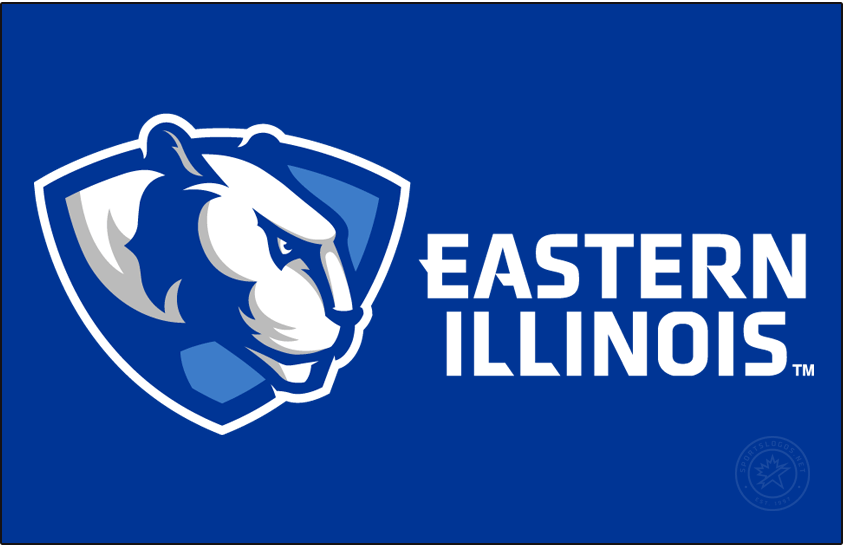Reimagining Recommendations: A New Take on Dynamic Headers
In today’s digital transformation era, personalization has become the cornerstone of enhanced user experience. Leading this innovation, , along with co-authors Abhay Kumar, Shanu Vashishtha, Kaushiki Nag, and Kannan Achan, introduces a transformative approach to recommender systems through the integration of dynamic headers powered by user-generated reviews. This work challenges the long-standing norm of static recommendation labels, offering a more nuanced and context-aware interaction that significantly improves the relevance and appeal of item suggestions presented to users.
Traditional e-commerce recommendation headers like “You may also like” or “Frequently bought together” often lack personalization, offering little meaningful context. A more engaging approach is to craft headers based on real user sentiments captured from reviews. Instead of vague cues, the carousel becomes a personalized reflection of what users value most, such as comfort, durability, or style. Tailored headers like “Top-Rated for Comfort by Users Like You” create stronger emotional connections, making recommendations more relevant, appealing, and actionable.
This innovation extracts key aspects—like comfort or design—from user reviews to create compelling headers that guide future buyers. By repurposing existing feedback into persuasive content, it transforms post-purchase insights into powerful personalization tools that influence shopping decisions and enhance relevance on e-commerce platforms.
To bring this vision to life, the researchers constructed a robust architecture based on Graph Neural Networks (GNNs), a model adept at handling the complex web of user-item interactions. The system learns contextual relationships far beyond surface-level interactions by embedding product nodes into a graph, linked by user actions like co-bought or co-added-to-cart items.
Graph Attention Networks (GATs) further sharpen this capability by allowing the model to prioritize which relationships matter most. This dynamic edge weighting enhances the system’s understanding of which aspects to highlight for which products, ensuring each header is both accurate and engaging.
The methodology involves selecting popular anchor items with sufficient review data and connecting them to similar products (recall items) within the same category. The most frequently shared aspects are identified from this curated pool, and a relevance score is calculated to determine the top-performing headers. The final header presented to the user is most strongly backed by semantic sentiment and contextual similarity.
The ensemble approach used for aspect extraction makes this model even more compelling. Leveraging BERT-based models, the team ensures high-quality linguistic insights, which are refined through aggregation and human evaluation for clarity and readability.
A model is only as good as its real-world performance. Recognizing this, the researchers deployed their Dynamic Text Snippets (DTS) model on live web platforms, including Web, Android, and iOS. After A/B testing with millions of users, the results showed consistent gains in Gross Merchandise Value (GMV) and improved user interaction with carousels.
Interestingly, while the overall add-to-cart rate remained stable, a deeper look revealed platform-specific increases in user engagement, particularly in categories like electronics and home essentials. This insight paves the way for targeted improvements across product lines and platforms.
The current success of DTS is just the beginning. The authors envision a shift from dynamic to personalized text snippets—headlines that reflect the product’s attributes and align with a user’s browsing history and preferences. However, challenges such as ensuring the chosen aspect accurately reflects the recommended items still need to be overcome, especially when integrating generative AI.
Future iterations could see the integration of richer knowledge graphs and user-specific modeling, enabling even finer levels of personalization. In doing so, recommendation systems could evolve from suggesting what’s statistically likely to what’s emotionally resonant.
In conclusion,s pioneering work introduces a refreshing dimension to recommender systems by merging linguistic nuance with graph-based intelligence. Through a thoughtful combination of machine learning, user behavior insights, and natural language processing, dynamic headers promise to make digital shopping more intuitive, engaging, and personalized. It’s a shift from merely showing what others liked to telling users why they might love something, and that subtlety could make all the difference.













